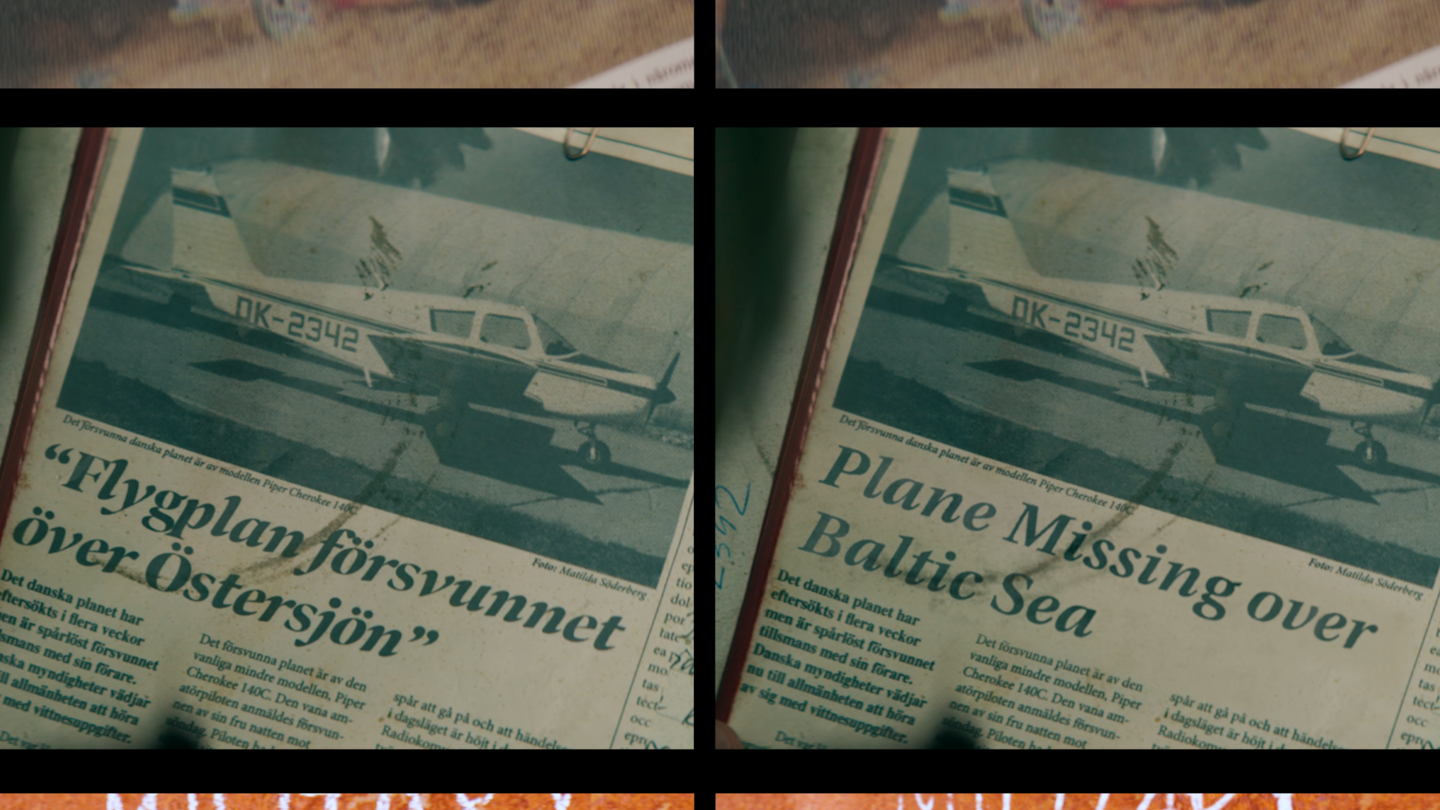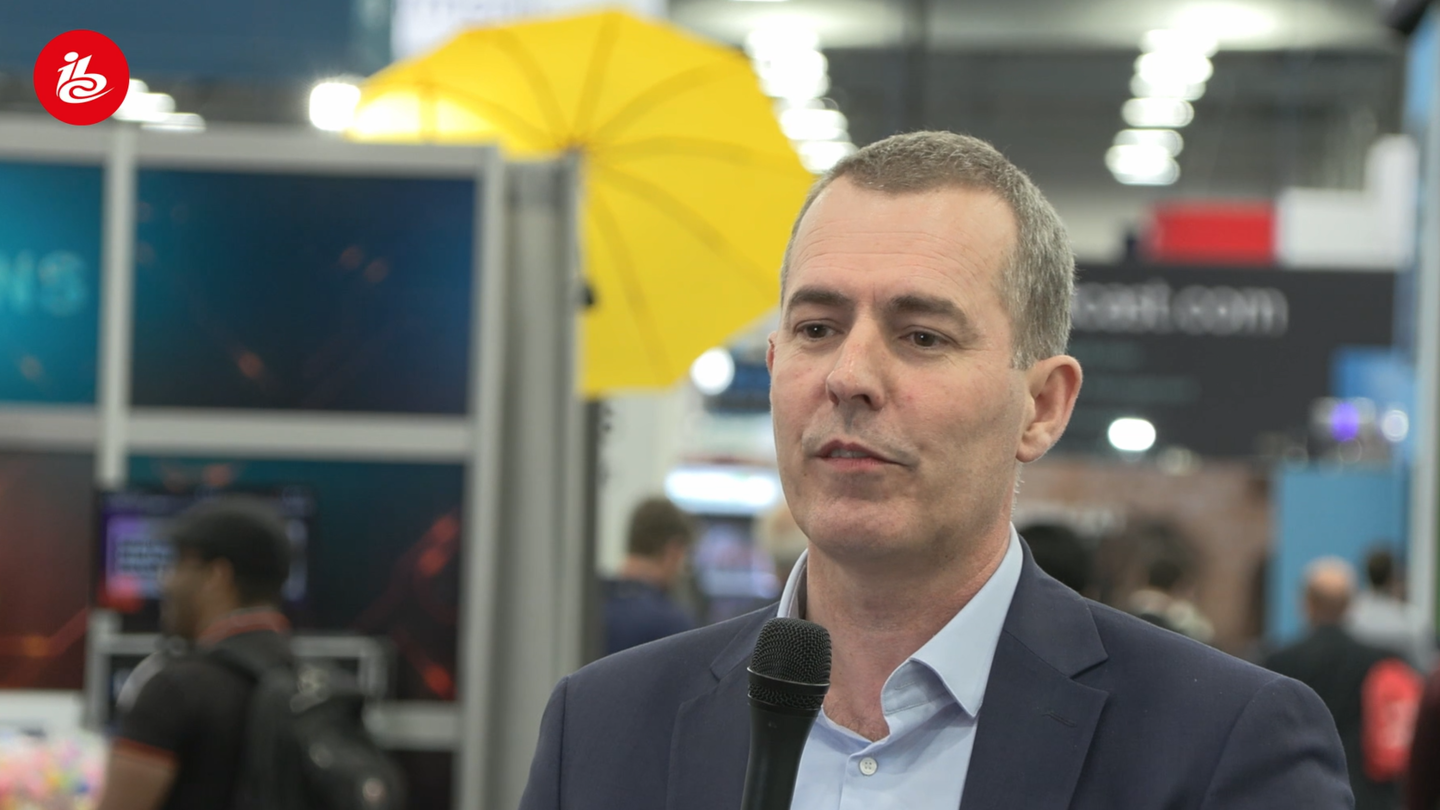New Pixar animation Elemental is the Walt Disney Company’s most technically complex feature film to date and required a new data storage pipe that lays the foundation for use of AI, reports Adrian Pennington.
“We are not actively using AI yet, but we have laid the foundation,” began Eric Bermender, Head of Data Center and IT Infrastructure at Pixar Animation Studios.
“One thing we have done is taken our entire our library of finished shots and takes for every single feature and short - everything we’ve ever done, before even 1995’s Toy Story - and put it all online and available and all sitting on the VAST cluster.”
He continued, “As you can imagine...
You are not signed in.
Only registered users can view this article.
Creating a new sense of place for Welsh media innovation
The emergent virtual production scene in Wales has been boosted by the arrival of two new world-class facilities in recent months, both secured with the collaborative backing of Media Cymru. James McKeown spoke to Media Cymru’s Deputy Director, Professor Sara Pepper OBE, about the consortium’s mission to put Wales on the global media innovation map.

Flawless AI: “You can't put new lines in people's mouths without consent”
AI tools like Flawless visual dubbing are making a strong case for standard use in Hollywood.

Discoverability, engagement and reach: IBC365 roundtable explores the role of AI personalisation in broadcast
Last week saw the first IBC365 roundtable hosted at NAB. Industry leaders from broadcasters including beIN Media Group, Al Jazeera, Globo, TVN Warner Bros Discovery and Alaraby were joined by representatives from Vertex AI Search (Google Cloud), Host Broadcast Services, QTV, Xansr Media, V-Nova, The Media League and Norigin Media to explore how AI is impacting media personalisation.
NAB show review: Tariffs, technology and legacy business in the spotlight
Artist led, AI driven, fan-first media show the way forward at a NAB show dominated by tariff-suffering hardware vendors and advertiser weakened broadcast.

Virtual Production: Practical advice for lighting the volume
Adrian Pennington explores the many and varied lighting considerations for shoots within an LED volume where the ambition is to seamlessly marry virtual and real world environments.

 16x9.jpg)

